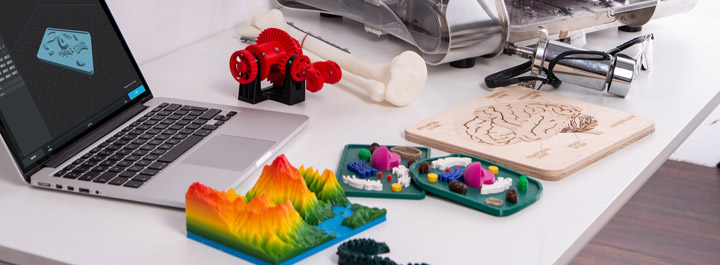
The Problem with Color 3D Printing
Currently, many material jetting 3D printers can produce parts with complex color variations used to make surgical models and artefacts that are highly-detailed. The problem is that it can cause optical scattering, which affects the sharpness and accuracy of any resulting parts. This is undesirable.
Conventional material jetting systems use UV light to precisely cure different mixtures of translucent base-colored resins, resulting in a broad palette of colors. When three dimensional color bleeding occurs, it also affects colors on the opposite sides of the objects, making it a significant obstacle to precise production at scale.
High Fidelity Color 3D Printing
Now researchers from Charles University’s Computer Graphics Group (CGG) have developed a machine learning-based technique that could help unlock the potential of high fidelity color 3D printing. They continually stimulate the printing process to come up with an algorithm to find the optimal parameters for limiting color bleeding, thereby improving part accuracy. It proved to be very efficient, too. It requires only one GPU, hence, 300 times faster than other AI methods. It reduces print preparation times from tens of hours to just a couple of minutes.
The Charles University team has been working on this project since 2017, optimizing the sharpness and contrast of parts. Based on millions of test runs, they now have an improved algorithm, capable of more accurately predicting how a given surface is influenced by the materials around it, expediting the entire process
The team used an alternative light scattering model which will be discussed on the next blog.
3D Printing In Color
Your 3D printing company, 3D Composites, can turn your images into solid realities, in color. Contact us with your great ideas.



